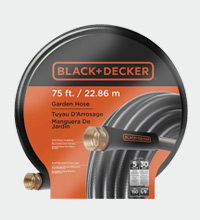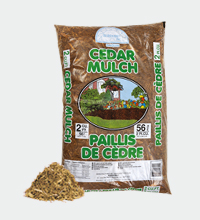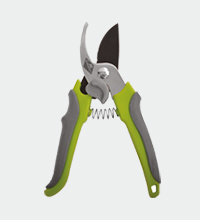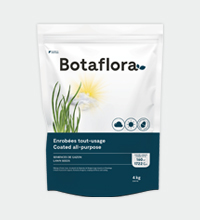With hot, dry summers becoming more common in recent years, it can be challenging to garden without using large amounts of water. However, by watering your plants correctly, you can limit water use and still give your plants the moisture they need. Less water consumption doesn’t mean less gardening. The key is using savvy methods and products that allow you to keep your plants healthy while doing your part to help the planet. Here are a few different ways to limit or reduce water consumption in your garden.
Choose plant varieties that are more resistant to extreme heat
Some plant species are more sensitive to heat than others. If you wish to reduce water consumption in your garden, opt for plants that can withstand dryness, especially in sandy soil or on slopes that allow water to drain down. Perennials such as blanket flower, Russian sage or sea thrift tolerate hot weather well, as do shrubs like the Siberian peashrub and the cinquefoil.
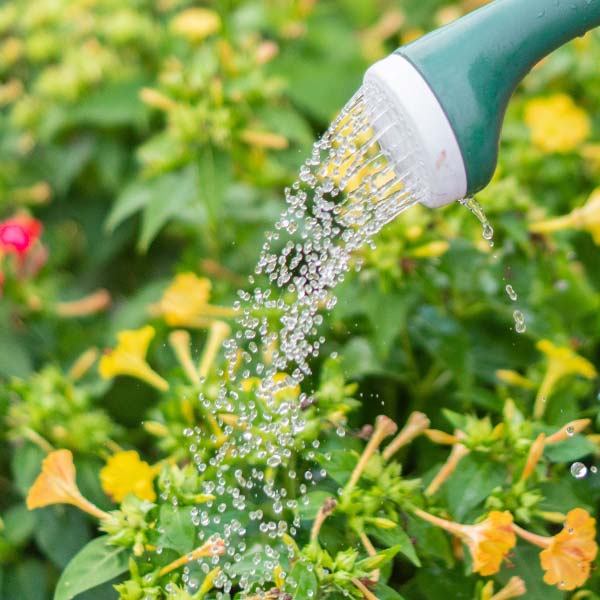

Watering the lawn during heat waves
As for your lawn, note that heat waves cause the grass to go dormant. During such periods, the grass grows more slowly and no longer needs to be watered. When conditions improve, the lawn will get green again. If you need to water your lawn during a heatwave, do so less frequently but for longer, using about 4 cm of water.
Sowing grass during a heat wave
If you need to seed in hot weather, coated grass seed is an ideal solution, even when watering restrictions are in place. Seed coating technology allows the seed to absorb twice as much water, ensuring successful germination while limiting water consumption. From the start, a good sprinkler with a timer can help the seeds germinate without wasting water. If you have a sprinkler but no timer, it’s no problem. Simply add a water timer to your sprinkler.
Watering potted plants during heat waves
For your potted plants, you can reduce the rapid drying that occurs in intense sunlight by using potting soil with a good water retention capacity, such as a moisture potting soil mix or garden potting soil with a high percentage of peat humus, which is effective at retaining water. Alternatively, you can get a moisture control potting mix. Perlite and vermiculite can be used to improve the moisture retention of existing potting soil. When it comes to fertilization, a slow-release multipurpose fertilizer allows you to keep your plants healthy without weekly fertilization, thereby reducing the amount of water needed in applying soluble fertilizer.
Practical Tip: Remember to use large pots which hold more potting soil. Careful about choosing terracotta pots and dark-coloured pots as they dry out quickly, and make sure that you use saucers with your pots to collect excess water when watering.
Collect rainwater
Collecting rainwater at home is an easy way to help the environment. Simply set up a rain barrel under a drain spout so that it can collect water that would have otherwise ended up in the sewer. This water can then be used on your vegetable garden or flower bed in place of drinking water. This is an easy way to make a meaningful difference.
Choose biodegradable mulch
Biodegradable mulch is a great way to help your plants retain moisture in the soil. For the mulch to be effective at reducing water evaporation, however, you have to use enough of it to create a real barrier against soil dehydration. Use 15 to 20 centimetres of cedar mulch, coir mulch or ramial chipped wood.
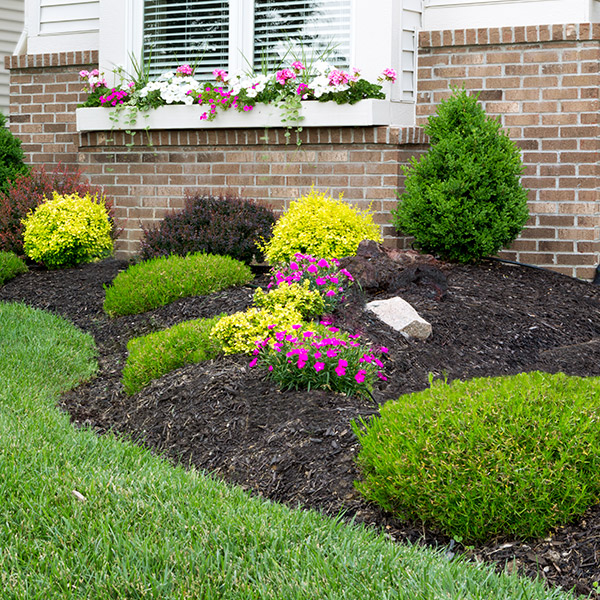

Regularly hoe your garden to bring water to the roots
Regular hoeing is needed for water to reach the roots. By hoeing the soil with a short- or long-handled garden weeder, you break up the crust that forms on the surface of the soil (even high-quality soil). This crust prevents water from penetrating, making your watering efforts less effective. For maximum efficiency, you can hoe and weed your garden at the same time, removing weeds of all varieties by hand. When there are a lot of weeds in your garden, they rob the soil of water and nutrients, leaving less for your cherished plants.
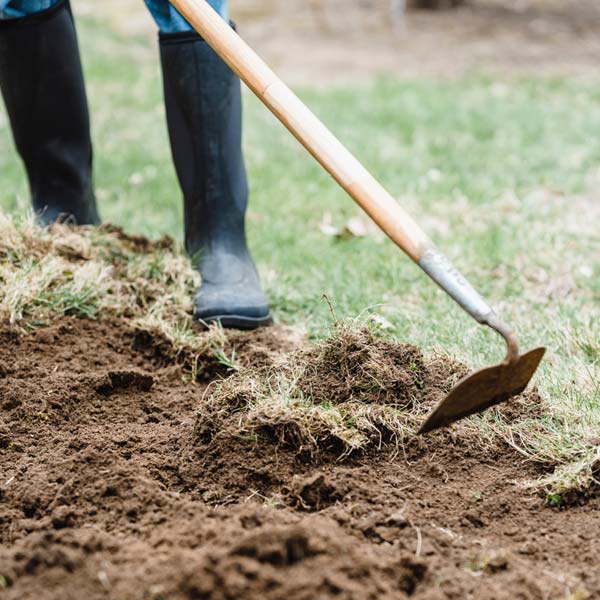

Use effective watering techniques
Using effective watering techniques will allow you to give your plants sufficient water while preventing waste. Avoid watering during the day, when moisture evaporates more quickly, and use equipment that waters plants efficiently. Drip irrigation systems with adjustable flow rates can be used for flowers or vegetable gardens. In addition to reducing and controlling the quantity of water used, you get to repurpose a used plastic bottle. Another great option is using a watering device that directly waters the roots with its water collection container. You can even add fertilizer to it as needed.
You can also use a specialized watering hose such as a soaker hose, which releases water slowly and directly on the ground, reducing waste when watering. It can even be buried in the ground, level with the roots, for maximum efficiency. When properly placed, this hose is perfect for plants with foliage that must remain dry to keep the spread of certain diseases under control. Another way you can make your life easier is to purchase a Rain Bird irrigation system, which has everything you need to irrigate a garden or lawn.
Now it’s time for you to do your part in reducing drinking water consumption and helping to protect this all-important resource. Shop online at BMR.ca or visit a BMR store near you to get more tips on on how to take care of your plants and lawn.
